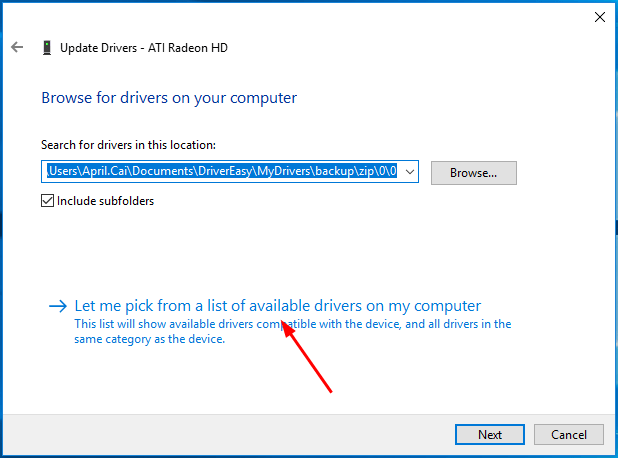

Type cmd in the Start menu and open Command Prompt as an administrator, like shown in the screenshot below. So that if SFC leaves out any damaged system files, the DISM command can take care of them. Once the SFC command is executed, you need to execute the DISM command. The sfc /scannow command needs to be executed to use the SFC utility in Windows 10. You can scan and fix system files by using Windows 10 SFC (System File Checker) utility. If you cannot adjust the brightness by moving the slider, it can be because of corrupt system files.

The system files play a crucial role in the smooth functioning of Windows PCs. Once Windows fixes the power issues, check if you can adjust the screen brightness settings. When the Run the troubleshooter button becomes visible under Power, click on it to start the troubleshooting. On the next window, search for Power and click on it. Click on Troubleshoot from the left frame and then click on Additional troubleshooters. Open the Settings app and go to Update & Security. You can run the Power troubleshooter to find and fix the power-related issues on your computer. If there are any issues with power settings, it can lead to Windows 10 brightness slider not working. Windows 10 offers in-built troubleshooters for many devices and features. The Windows 10 brightness slider will start working after the driver update. Expand the Display adapter and right-click on the display driver to update it. To update drivers manually, press Windows key + X and click on Device Manager to open it. If you think of doing it manually, make sure you download the correct driver from the manufacturer’s website. You can update the display device drivers manually in Device Manager or use any third-party software to do it for you. The outdated display drivers can cause the screen brightness problem. Restart your computer to install the recently downloaded updates.Īfter the restart, check if Windows 10 brightness slider not working issue is fixed with this or not. If there are any new updates, make sure you have a stable internet connection and then download the update. Now, under Windows Update, click on the Check for updates button. Press Windows key + I to open the Settings app and click on Update & Security. You can check for updates on your Windows 10 PC. And if the previous version has some issues, Microsoft rolls out a new update to fix it. The device drivers update are often included in the Windows update. The list of solutions given below can help to fix the brightness slider easily. Sometimes, the power settings can also cause the brightness slider not to work properly.

The most common reason to experience issues with the brightness control slider is outdated and corrupted display drivers. Reset the PC Solutions for Windows 10 Brightness Slider Not Working Solutions for Windows 10 Brightness Slider Not Working.


 0 kommentar(er)
0 kommentar(er)
